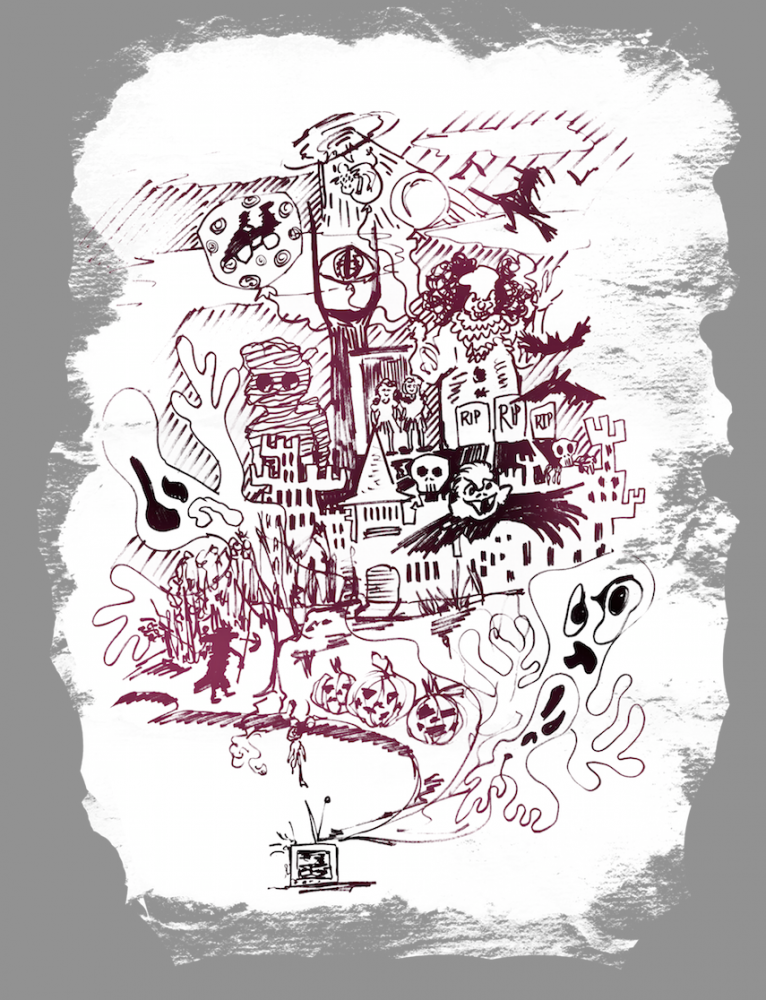Like any genre, horror has gone through several permutations as it has been adapted from medium to medium, changing with the times as well as the platform. Horror in its most recognizable form, film, was itself the next step after the gothic writers of the 19th century, like Edgar Alan Poe and Mary Shelley. Within the past 30 years the concept of horror has seen re-imagination yet again within video games, incorporating new as well as existing concepts from film. This is a trend that could be reignited with the advent of virtual reality (VR) technology. While each of these re-inventions use similar elements of the genre, they are each unique in their methods to frighten and create horror.
Being a static and more concise experience, film can exert a great degree of control when conveying its vision. While games are certainly capable of this, they have to consider player agency and the variety of possible inputs a player could make as well. A film, as something that is consumed passively, can concentrate on its presentation without having to be changed or altered based on the audiences' whims. Every element that goes into the cinematography of a horror movie can be controlled to more precisely facilitate the creator's intent; they always have charge over the camera angle, camera movement, pacing, timing of musical and sound cues, etc.Even when a game tries to implement cinematic stylings -- often in the form of a cut scene -- there is a limit to what the designers can do. No two players are going to reach a cut scene at the same point or having played exactly the same way. Everyone's experience, even if the difference is only slight, can vary from another, affecting the ability such a cut scene might have on scaring the player. Compare that to a film like "Alien," where the pacing of the story is pivotal in building up suspense until just the right moment; without that timing, the payoff in the second half of the film would not be as rewarding.
Even as technology allows games to embrace increasingly cinematic cut scenes, such moments can feel contrived compared to the rest of the game. The most effective horror in games stems from situations where your own decisions and actions matter. Survival horror games like 2014's "The Evil Within," as well as it's spiritual predecessor, the "Resident Evil" series, stimulate panic from the player by tasking them with their own survival; even a well done and horrific cut scene can seem to miss the point. There can be a place in horror games for cut scenes and elements of cinematography, but the most genuine scares and excitement are triggered by situations where a player's input is required.
The recently released "Until Dawn" is designed to play with the expectations one might have from only watching horror. Ripe with all the cliche characters and tropes of a teen slasher movie, the game is set up in a way for the player to expect it to inevitably play out like every such story, to have only one character, "the final girl," survive. The twist, however, is that the player's actions and decisions can determine whether none or all of the characters survive. A game like "Until Dawn" may garner similar feelings of fear and excitement to that of a horror movie, but the way it engages the player highlights how the methods to conjure such feelings differ between mediums.
An often cited rationale for the appeal of horror in film is the excitation-transfer theory: the more fear one feels will ultimately result in greater relief once the credits have rolled and the 'danger' has passed. Professor of psychology at Naropa University,
With consumer virtual reality (VR) technology on the horizon, there may soon be a new platform for the horror genre to explore. It remains to be seen if it will catch on with consumers, but experiences have already been crafted that take advantage of the immersion VR provides.
Each new medium develops a different interpretation of the horror genre. While the intended emotional response may remain the same, the limitations and strengths of each platform has spurred the creation of new instruments for frightening both players and audiences alike. Film's fixed nature allows for creators to express an unadulterated version of whatever horrific nightmares they have imagined, while games' ability to involve the participant can draw one into the experience unlike other works. Similarly, VR has brought such engagement to previously un-thought-of - and for some, undesirable - levels. Like any genre or form of storytelling, be it passive or active, the creation of works that purposely terrify has transcended any one medium.








